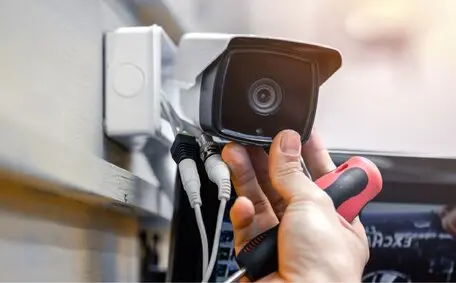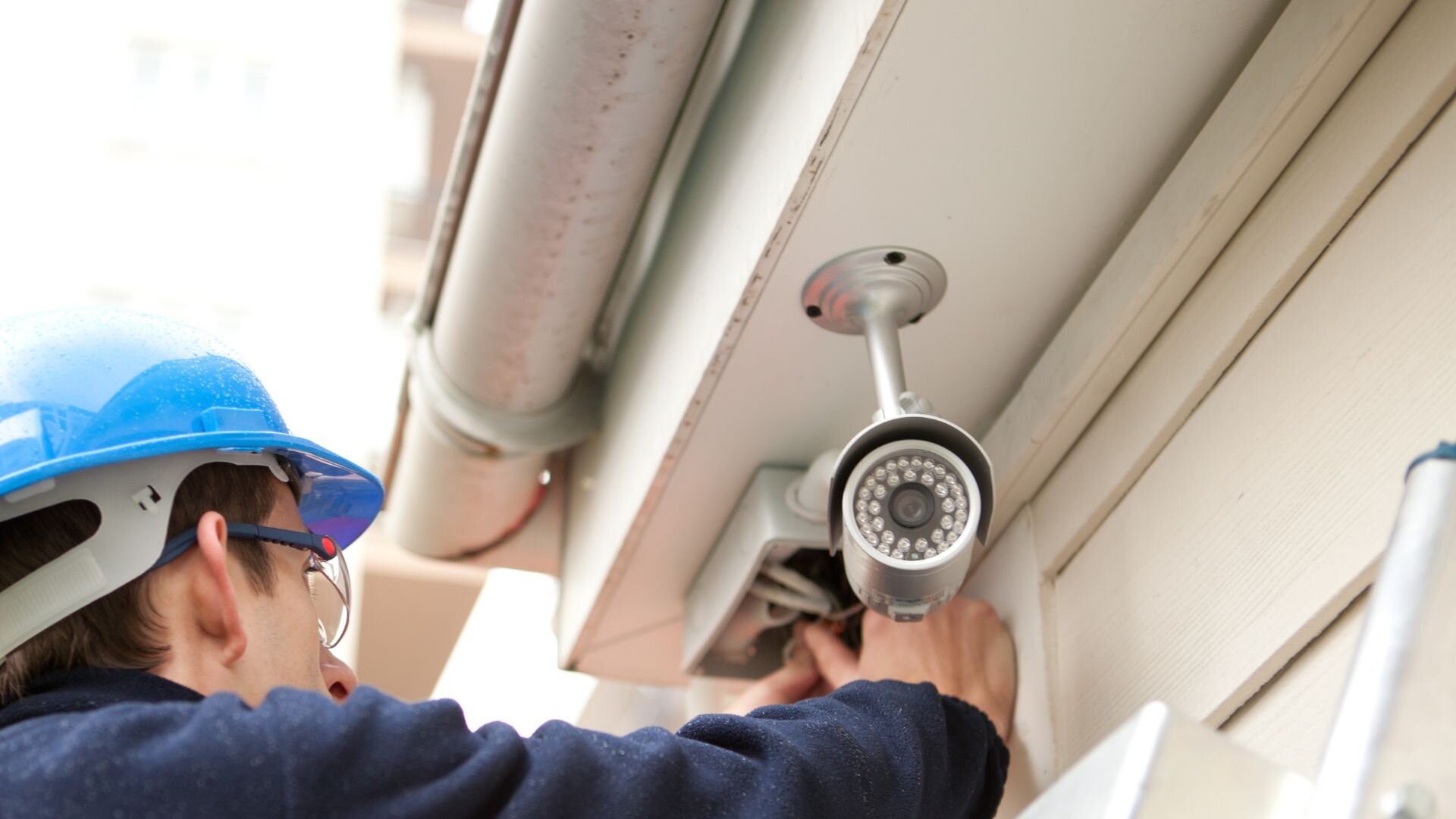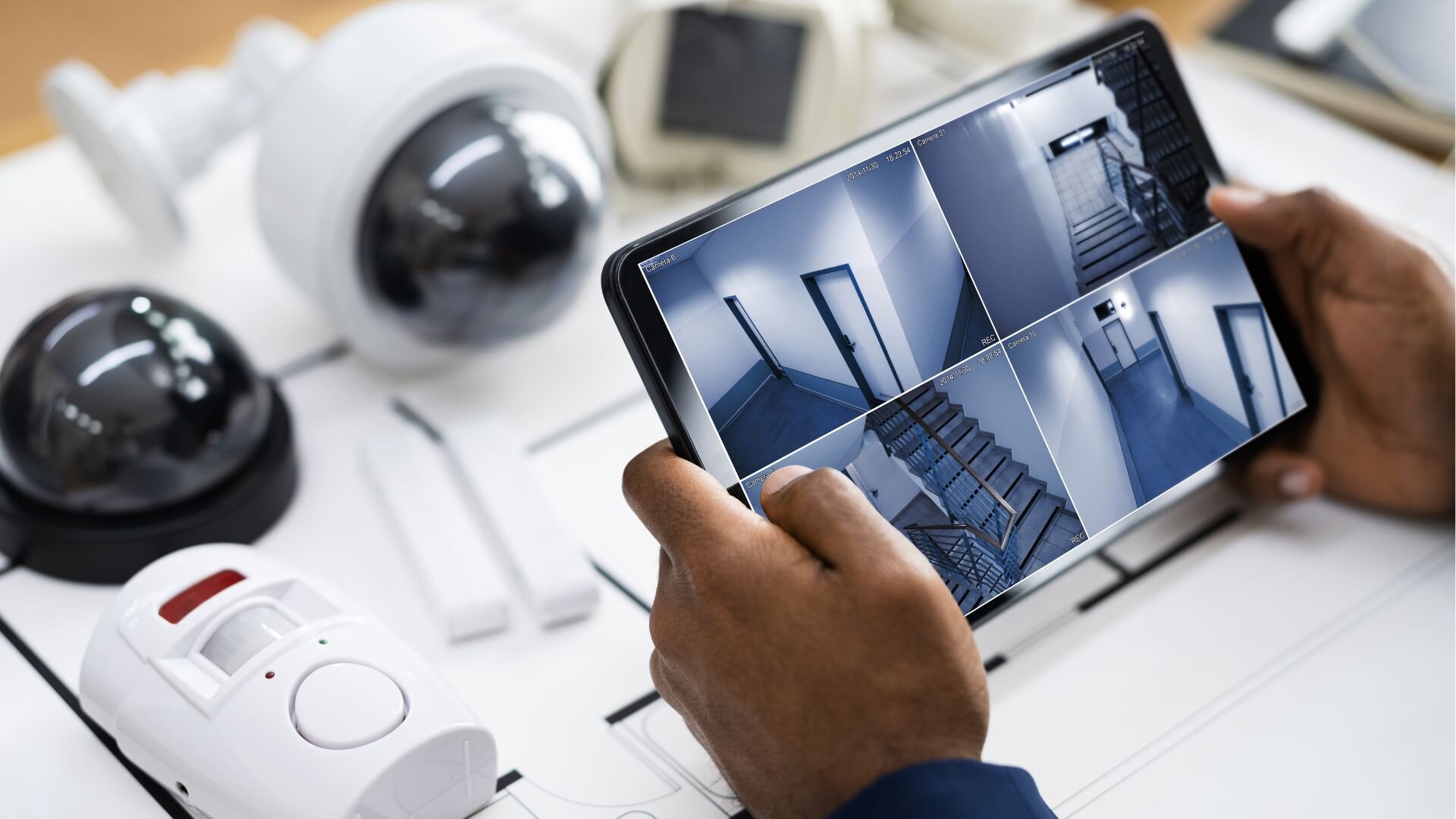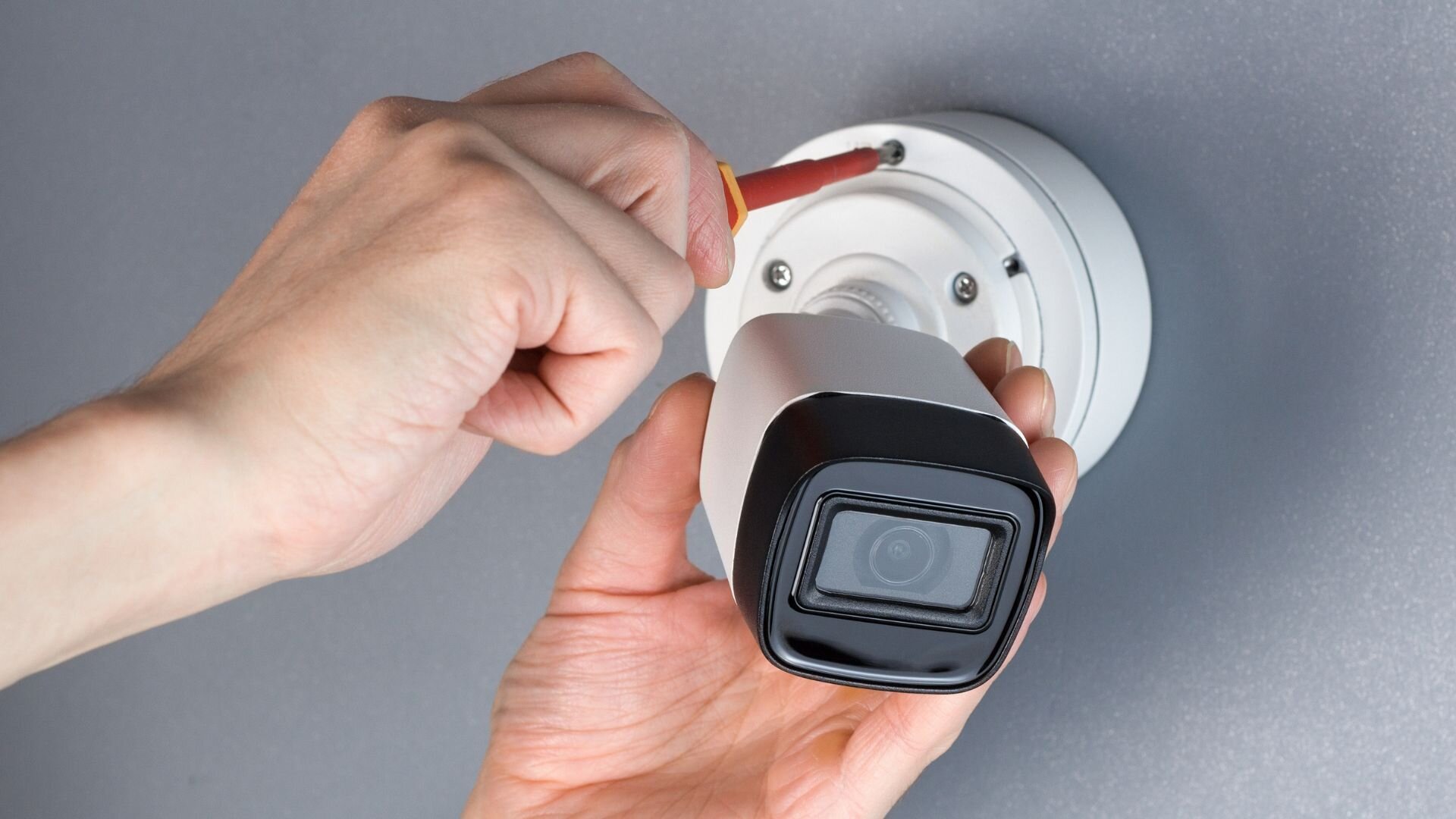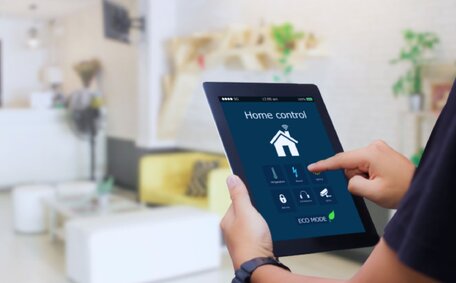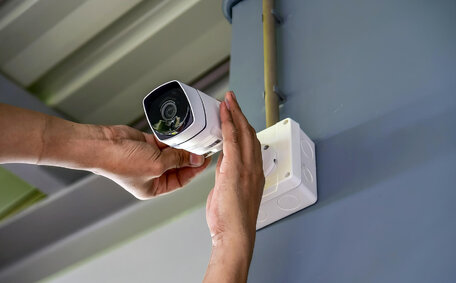As integrated security systems gain popularity, safeguarding assets is now more streamlined and dependable. Cutting-edge tools, such as wireless security cameras and alarms, integrate flawlessly to boost overall system efficiency. Access control systems also play a crucial role, allowing only authorised people into specific areas.
Security camera integration allows video management systems to provide real-time monitoring and recording, making it easier to respond to incidents quickly. Combined with access control, these systems create a robust defence mechanism tailored to modern security needs. As threats evolve, leveraging integrated solutions ensures comprehensive protection.
Understanding Sensors in Security Systems
![2024 03 Installing Motion Security System Installing Motion Security System]()
Types of Sensors
Sensors are critical to today’s security systems. The most widely used types include:
- Motion sensors: These devices identify motion in designated areas and trigger alerts for unusual activities.
- Door and window sensors: Installed at entry points, these sensors notify the system whenever a door or window gets unexpectedly opened or breached.
- Glass break sensors: They detect the unique sound frequency of breaking glass, signalling a potential break-in.
- Smoke and heat detectors: These sensors spot smoke or high temperatures, aiding in early fire hazard detection.
How Sensors Work
Sensors continuously monitor their surroundings and alert the security system when unusual activity or conditions are detected. They use various technologies, such as infrared, ultrasonic, or microwave, to detect environmental changes.
When a sensor is triggered, it sends a signal to the control panel, which determines the appropriate response, such as sounding an alarm or notifying authorities.
Benefits of Sensors in Security Systems
Incorporating sensors in a security system offers several key benefits. Sensors can identify potential threats at their earliest stages, providing a prompt alert and allowing for a quick response. This early detection capability prevents or mitigates damage, theft, or other security breaches.
Secondly, sensors work around the clock, ensuring a property remains protected even when unoccupied. This 24/7 monitoring provides peace of mind and continuous protection, regardless of the time of day or the presence of people on the premises.
Sensors can be strategically placed and configured to meet a property’s specific security needs, tailoring the system to the space’s unique layout and vulnerabilities. This customisation allows for a highly effective and efficient security solution addressing each property’s risks and challenges.
The Power of Cameras in Security
![2024 03 Looking At Security System Security System]()
Types of Security Cameras
Security cameras are essential in any well-rounded security setup. A variety of cameras are available, each offering unique perks:
Analog cameras
These classic cameras send video signals via coaxial cables to a DVR. They’re economical and reliable, although they might not match the resolution of newer options.
IP cameras
Internet Protocol (IP) cameras transmit digital video data over a network, offering higher resolution, remote access, and easier integration with other systems. They connect to a network video recorder (NVR) for storage and management.
Wireless cameras
These cameras wirelessly transmit video data to a receiver or cloud storage. They offer flexibility in placement and can be easily relocated as needed.
PTZ cameras
Pan-tilt-zoom (PTZ) cameras can be remotely controlled to adjust their viewing angle and zoom level. They provide a wider coverage area and are ideal for monitoring large spaces or tracking specific targets.
Advantages of Security Cameras
Security cameras offer several advantages in protecting your properties and assets, such as:
- Visual verification: Cameras provide visual evidence of events, allowing security personnel to assess the situation and respond accordingly quickly. This visual confirmation can help prevent false alarms and provide valuable investigation information.
- Remote monitoring: With IP and wireless cameras, users can access live video feeds remotely from smartphones, tablets, or computers. This enables real-time monitoring of the property from anywhere, at any time.
- Deterrence: The visible presence of security cameras can deter potential intruders or criminals. Because their actions are being recorded, individuals are less likely to engage in unlawful activities.
- Evidence collection: Camera footage of a security breach or incident serves as crucial evidence for law enforcement investigations and legal proceedings.
Importance of Camera Placement and Coverage
Proper placement and coverage are essential to maximise the effectiveness of security cameras, whether part of diy home security systems or advanced smart home security setups. Cameras should be strategically positioned to cover key entry points, high-traffic areas, and vulnerable locations across the entire property.
When determining camera placement, several factors must be considered. Firstly, cameras should have a clear line of sight and capture the desired areas without obstructions. Consider the lighting conditions in the area and choose cameras with appropriate low-light capabilities or infrared technology for night vision. In many smart lighting setups, smart bulbs can be linked with security cameras to illuminate dark zones automatically, improving visibility.
You should also select cameras with sufficient resolution to capture clear and detailed images, enabling easier identification of individuals or objects. Implement overlapping camera coverage to minimise blind spots and ensure that critical areas are constantly monitored.
Integrating Sensors and Cameras: A Comprehensive Approach
![2024 03 Instaalling New Security System Instaalling Security System]()
Importance of Integration
Blending sensors with cameras is crucial for crafting a well-rounded and effective security network. Many modern systems offer advanced features such as instant motion alerts that can be controlled remotely through smartphone apps or voice commands using Google Assistant Alexa integrations.
By combining the strengths of both technologies, property owners can enhance protection significantly. Integration enables both early threat detection and visual verification. Sensors can detect potential threats early, while cameras visually verify the event, enabling security personnel—or even the local police department—to assess the situation quickly and accurately.
In addition, integrating sensors and cameras helps reduce false alarms by correlating sensor alerts with camera footage, minimising unnecessary responses and improving overall system efficiency.
How Integration Works
In an integrated sensor-camera security system, the two technologies work together seamlessly. When a sensor detects unusual activity, it can automatically trigger the associated cameras to start recording, ensuring that relevant video footage is captured during critical events.
Upon sensor activation, the system can send immediate alerts to security personnel, including the corresponding video footage, allowing for rapid assessment and response to potential threats. With diy installation, many homeowners can configure these alerts to deliver directly to their mobile devices, giving them the ability to respond quickly from anywhere.
Advanced systems can even use artificial intelligence and machine learning algorithms to analyse sensor data and camera footage in real-time, identifying patterns and anomalies that may indicate a security risk.
Benefits of Integration
Using an integrated sensor-camera security system comes with numerous benefits. For one, it boosts accuracy and reliability by linking sensor data with visual confirmation. This correlation reduces the likelihood of missed events or false alarms.
Real-time alerts and video footage achieve faster response times, enabling security personnel or authorities like the police department to act quickly. Automating threat detection and response processes streamlines security operations, allowing for more efficient monitoring and management of the entire property.
The combination of sensor data and video footage also provides a comprehensive record of events, which can be invaluable for investigations, insurance claims, and legal proceedings.
Considerations for Integrating Sensors and Cameras
Start by evaluating the exact security needs of the property, factoring in its layout, size, and vulnerabilities. This evaluation directs the choice of suitable sensors and cameras tailored to those requirements—whether part of a professional installation or diy home security systems.
Once the devices have been chosen, proper placement and configuration are crucial. Sensors should be positioned to cover all critical areas, while cameras should be installed to provide clear, unobstructed views. Ensuring compatibility between the selected sensors and cameras is also essential to guarantee seamless integration and reliable data exchange.
Establishing a robust and reliable network infrastructure is another vital consideration. The network must be capable of handling the integrated system’s data transmission requirements with sufficient bandwidth and minimal latency. Implementing user-friendly control and monitoring interfaces—often controlled remotely—is equally essential.
For homeowners seeking convenience, combining smart bulbs with smart lighting control, instant motion alerts, and voice-enabled assistants like Google Assistant Alexa can provide a highly responsive, adaptable security solution for the entire property.
Securing Your Property with Confidence
Merging sensors with cameras in your security system provides many perks, like early threat detection, visual confirmation, fewer false alarms, and better situational awareness. Tapping into these combined technologies significantly boosts the accuracy, reliability, and efficiency of your security measures, ensuring top-notch protection for your property and assets.
Taking proactive steps to enhance security is crucial in today’s ever-evolving threat landscape. Don’t wait until it’s too late – act now to safeguard your property and ensure the safety of your occupants.
Contact Bright Force Electrical today to discuss your unique security needs and explore the benefits of integrating sensors and cameras. Our experienced team is ready to provide customised solutions and expert guidance, empowering you to secure your property confidently.
